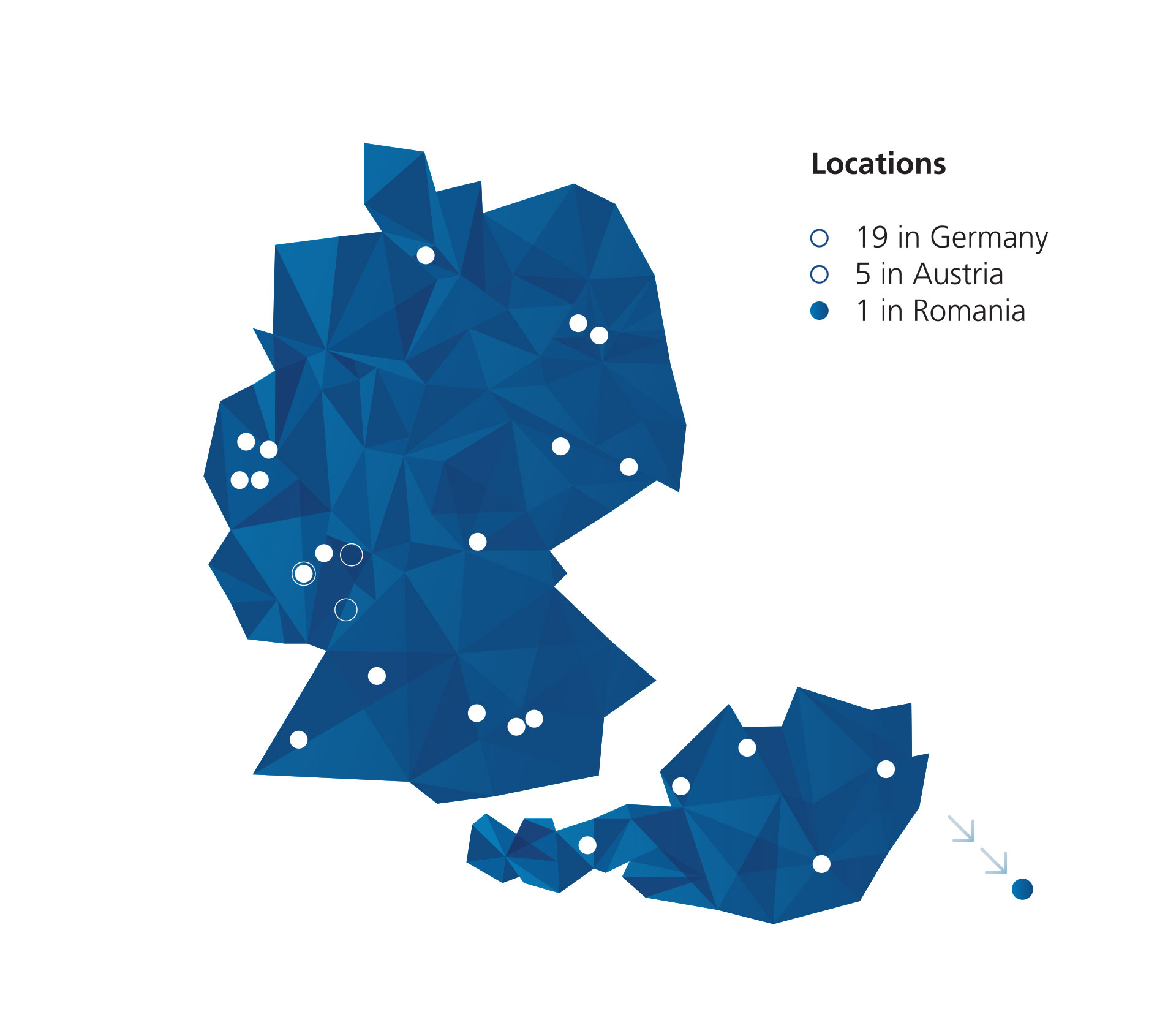Network Security
Protect Your IT with Cutting-Edge Network Security
Today's IT landscape is constantly under threat from cyberattacks such as phishing, malware, ransomware, and DDoS attacks. A single successful breach can result in data loss, financial damage, and legal consequences.
This makes network security more critical than ever. Learn about the best strategies and technologies to effectively secure your networks.
Network Security for Protecting Your Infrastructure
What is Network Security?
Network security includes measures, technologies, and processes designed to protect networks from unauthorized access, data loss, and cyber threats.
Key Principles of Network Security
- Confidentiality – Protecting sensitive information.
- Integrity – Ensuring that data is not altered or manipulated.
- Availability – Ensuring continuous access for authorized users.
Why is Network Security Essential?
Cyber threats are growing in complexity as attackers use advanced technologies like AI to rapidly detect and exploit security vulnerabilities.
Beyond targeted attacks like Advanced Persistent Threats (APTs), automated cyberattacks can infect millions of systems within seconds.
Key Network Security Challenges:
- Insider Threats – Unintentional or malicious actions by employees can expose sensitive data.
- Zero-Day Attacks – Exploits that target unknown vulnerabilities.
- Automated Malware – Self-spreading cyber threats infecting multiple systems rapidly.
The early detection and effective defense against such threats are critical to ensuring long-term IT security. Companies must elevate their network security to a comprehensive protection strategy.
The biggest Threat to your Network
The Biggest Threat to Your Network
Malware refers to malicious software that infiltrates networks and causes damage. It can manipulate, steal, or disable data and systems. Types such as viruses, worms, and trojans exploit vulnerabilities to spread across networks.
How Malware Causes Damage:
- Infects files and spreads within the network.
- Creates backdoors for attackers (Trojans).
- Steals or destroys confidential data.
- Crashes systems or encrypts them (Ransomware).
Extortion Through Encryption
Ransomware blocks access to critical data and demands a ransom payment. These attacks often target businesses to maximize financial damage.
Why Ransomware Is Dangerous:
- Encrypts data and demands large payments for decryption.
- Threatens to expose sensitive information if the ransom is not paid.
- Causes operational disruptions and significant revenue losses.
- Can infect backup systems if they are not properly secured.
Deception for Data Theft
Phishing attacks use deceptive tactics to steal sensitive information such as passwords or credit card details. Fake emails or websites trick users into revealing their credentials.
Characteristics and Impact of Phishing:
- Highly convincing emails that create a sense of urgency.
- Targeted attacks (Spear Phishing) aimed at specific individuals or companies.
- Risks from clicking malicious links or attachments.
- Data misuse and unauthorized access to sensitive accounts.
Disruption Through Overload
Distributed Denial-of-Service (DDoS) attacks overwhelm networks or servers with excessive requests until they become overloaded and inaccessible.
Consequences of a DDoS Attack:
- Disruption of online services, preventing customer access.
- Significant financial losses due to system downtime.
- Difficult recovery as attacks are coordinated via botnets.
- Potential reputational damage from prolonged service interruptions.
Threats from Within
Insider threats arise from intentional or unintentional actions by individuals within the organization. These risks are often underestimated, yet they are among the leading causes of security incidents.
How Insider Threats Occur:
- Unauthorized sharing of sensitive data with third parties.
- Installation of insecure software or manipulation of systems.
- Negligence due to lack of security awareness.
- Deliberate sabotage or retaliation from disgruntled employees.
Exploiting Unknown Weaknesses
Zero-day vulnerabilities are undiscovered or unpatched flaws in software that attackers exploit before a security update is available. These vulnerabilities pose a significant risk, as there is no immediate fix when an attack occurs.
Risks of Zero-Day Vulnerabilities:
- Unknown weaknesses are quickly and strategically exploited.
- Affected systems remain vulnerable until a patch is released.
- Higher risk in complex IT infrastructures with multiple applications.
- Can lead to massive data loss and system failures.
Cyber Threats That Network Security Protects Against
- Viruses – Self-replicating malware that can damage or destroy data.
- Worms – Standalone malware that spreads across networks, causing system slowdowns.
- Trojans – Malicious software disguised as useful programs.
- Spyware – Tracks user activity and steals confidential data.
- Adware – Redirects searches and collects marketing data.
Proven Strategies for Effective Network Security
- Develop Security Policies – Define clear rules for handling data and network access.
- Regular Employee Training – Educate employees about threats like phishing and social engineering.
- Incident Response Plans – Ensure quick and effective reaction to cyberattacks.
- Continuous Monitoring – Detect unusual network activity early.
- Regular Updates & Patch Management – Close known vulnerabilities to prevent cyber exploits.
Key Components of a Strong Network Security Strategy
- Firewall Solutions – Monitor incoming and outgoing network traffic to block threats.
- Network Segmentation – Divide networks into segments to contain potential damage.
- Encryption Technologies – Secure data during transmission and storage.
- Intrusion Detection & Prevention (IDPS) – Detect and prevent cyber intrusions in real time.
- Virtual Private Networks (VPNs) – Encrypt communications for secure remote access.
- Email Security – Protect against phishing, malware, and spoofing.
- Data Loss Prevention (DLP) – Prevent unauthorized transfer of sensitive business data.
Our Network Security Solutions
Easy to implement without compromising performance, plus they offer centralized management for optimized processes and scalability to adapt to growing business needs.
Comprehensive Network Security for Your Business
Implement Network Security Today - Contact Form
Want to strengthen your network security? We offer customized solutions for businesses of all sizes. Contact us today to develop a security strategy that meets your needs!

















